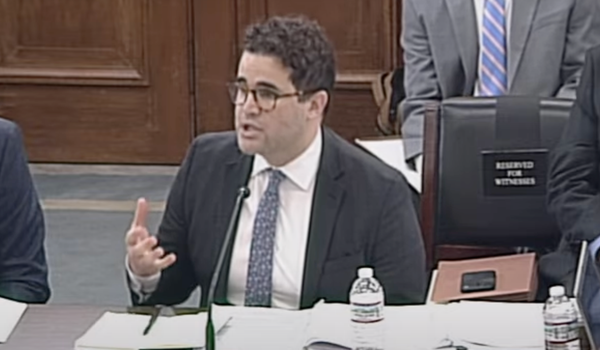Panel Warns that GPS Needs Additional Support
‘System of systems’ approach necessary to protect U.S. navigation infrastructure, some said.
Maggie Macfarlane

WASHINGTON, May 19, 2025 – America has built its navigation infrastructure on one system, and according to some experts, that’s a national liability.
“Our critical infrastructure, our economy, our national security, [all] rely on GPS,” said Ed Mortimer, vice president of government affairs at NextNav. “Like any system that's critical to our economy and national security, we need to augment GPS and [develop] complementary systems.”
Mortimer, whose company NextNav has developed a terrestrial Positioning, Navigation, and Timing (PNT) system called TerraPoiNT and petitioned the Federal Communications Commission to adopt rules supporting GPS alternatives, was joined by representatives from navigation technology firms and broadcast engineering groups.
The industry leaders were gathered for a National Spectrum Management Association event Tuesday, May 13, at the National Press Club to explore how complementary technologies could bolster the nation’s PNT infrastructure.
Mortimer called for a “system of systems” approach, where there are multiple PNT backup systems in place, in an instance when GPS might fail.
"If [GPS] is not available, you better have something available for continuity of operations,” said Chuck Schue, CEO of UrsaNav, a provider eLoran, short for Enhanced Long-Range Navigation, another terrestrial-based PNT system that has been deployed in the UK, South Korea, Saudi Arabia, and the UAE.
Schue voiced strong support for the “system of systems” approach, pointing to China and Russia as examples of countries investing in both terrestrial and satellite-based alternatives.
“For the past several years government leaders have called for strengthening our positioning, navigation, and timing systems,” said moderator, Andrew Clegg, chief technology officer at Valo Analytica.
Lisa Dyer, executive director of GPS Innovation Alliance, emphasized the enduring reliability of GPS and urged the FCC to prioritize protecting it from interference.
“GPS is working at a 99.9% availability rate,” Dyer said, citing numbers from the Federal Aviation Administration.
Bob Weller, vice president of spectrum policy at the National Association of Broadcasters, highlighted the potential of the television lobby group’s Broadcast Positioning System, another terrestrial timing solution built on ATSC 3.0, the next version of the Advanced Television Systems Committee’s broadcasting standard.
According to Weller, initial deployments are operational in Washington D.C., Baltimore, Denver, and Las Vegas, with plans to expand coverage to 85% of the U.S. population by 2027.









